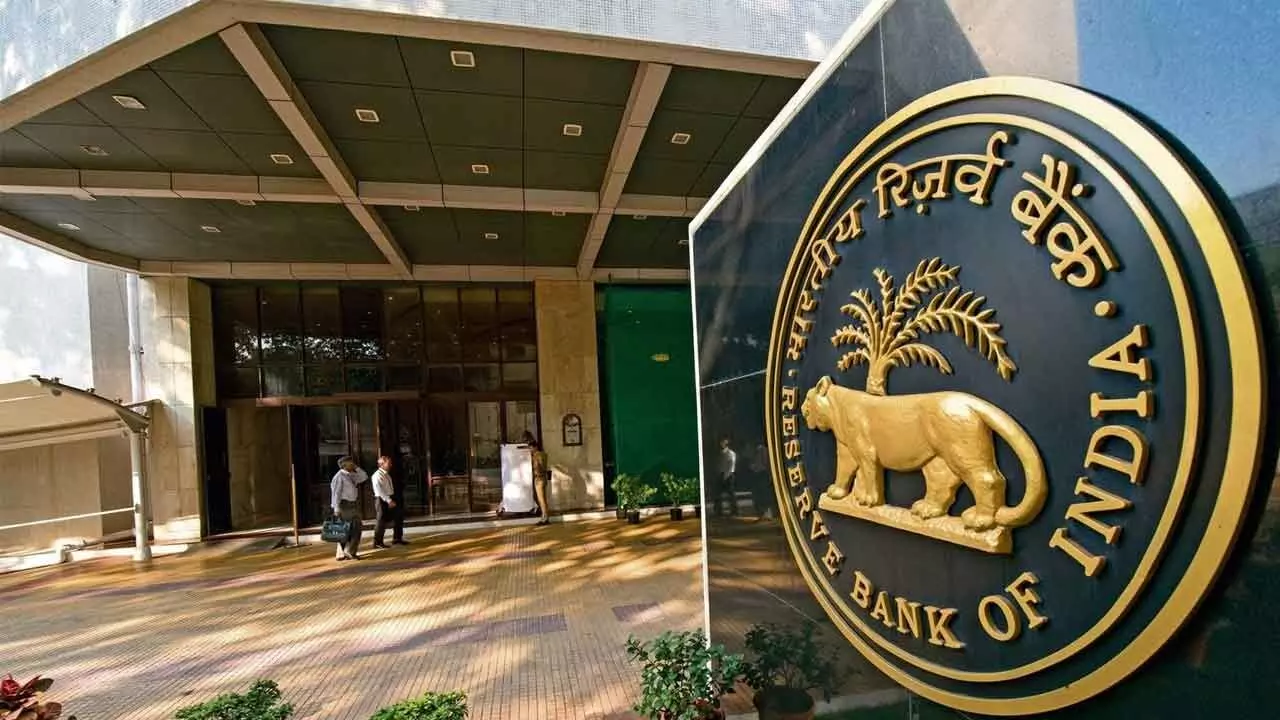RBI decides to keep the policy rate unchanged
The RBI has decided to keep its policy rates unchanged after the three-day brainstorming MPC meeting which concluded here today
image for illustrative purpose

Mumbai, Oct 09: The RBI has decided to keep its policy rates unchanged after the three-day brainstorming MPC meeting which concluded here today.
RBI decided to keep the policy rate unchanged on the back of potentially higher inflation going forward due to a base effect from last year, higher food prices worldwide, and geopolitical conflicts. However they have changed their stance to ‘neutral’ from the earlier one of withdrawal from accommodation, which bodes well for future rate cuts.
Deepak Shenoy, Founder & CEO, Capitalmind says, “While the 10 year bond has reacted by the yield falling by 7bps to 6.74%, the extent of the damage due to the base effect and near term food price rises will determine the future course of action.”
The actions in the middle-east may also create imbalances that will drive rate changes by the RBI. However, growth projections remain strong at over 7% for FY 2025, and with surplus liquidity, there seems to be very few areas of stress. The policy has also improved RTGS/NEFT transfers by allowing banks to show the name of an account holder before a transfer is done, just like in UPI. This will reduce the stress in larger volume transfers, he said.
In line with analysts’ expectations, the central bank, in its latest meeting, kept rates unchanged by a majority of 5 to 1, while the committee unanimously decided to change its stance on liquidity to neutral. The Governor highlighted that, while they have gained greater confidence in achieving the final stage of disinflation, they will remain focused on the inflation target while supporting growth. This comes as the RBI continues to express confidence in India’s growth prospects, keeping the annual GDP growth forecast unchanged, despite revising its Q2 FY25 projection lower from 7.2% to 7%.
On the inflation front, the central bank again kept its full-year forecast unchanged at 4.5%, but revised its Q2 forecast lower to 4.1% from 4.4%. It highlighted that the favorable base effects, which brought inflation lower in June-August 2024, would be reversed in September 2024, while higher food inflation momentum would also push headline inflation higher in the near term. However, better Kharif sowing, higher reservoir levels, and improved soil moisture mean that rabi sowing is also likely to improve, leading to lower food inflation towards the end of the current fiscal year.
While the overall outlook for both inflation and growth remains positive, upside risks are emerging from evolving geopolitical tensions in the Middle East, as well as unexpected weather shifts—both of which are tail risks that the central bank continues to monitor. The improved balance between growth and inflation has warranted a change in the stance from restrictive to neutral.
Sujan Hajra, Chief Economist & Executive Director, Anand Rathi Shares and Stock Brokers says, “As highlighted in our preview note, the change in stance was expected. This signals the start of an easing cycle, but as Governor Das emphasized, while the inflation "horse" has been brought back into the stable, the central bank will be cautious in opening the gates, lest the horse leaps out again. The latest set of growth and inflation projections from the RBI suggest they are confident that growth will sustain. Combined with the increase in the Q3 FY24 inflation projection, this implies they are willing to maintain the current stance and may wait to see further inflation reductions later in the fiscal year.”
Experts believe that if macro indicators continue to remain weak through October-December 2024, the probability of a rate cut in December 2024 will increase. However, if growth picks up—now that the monsoon season is over and government spending resumes—the central bank may wait until February 2025 before cutting rates.

